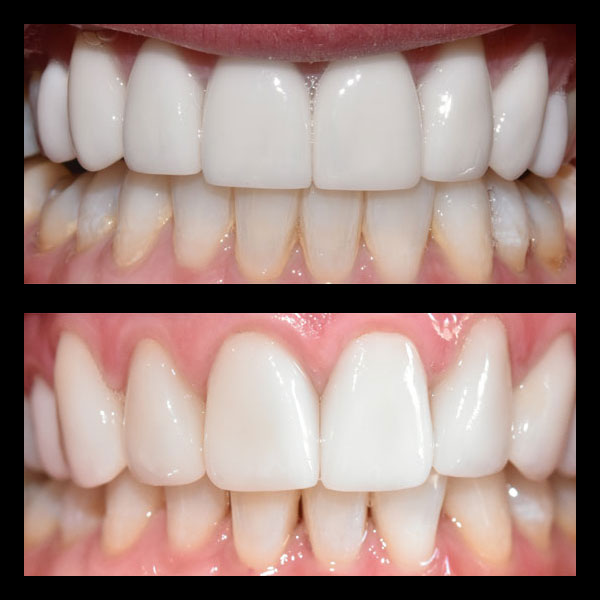Flossing your teeth on a daily basis is key to cavity prevention, but too many Americans skip this step, according to data collected from the National Health and Nutrition Examination Survey. The study’s findings, presented at the 65th Annual Epidemic Intelligence Service Conference, reveal roughly a third of the American adult population never flosses.
For the study, 9,000 adults aged 30 and older were asked how many times they had flossed in the previous week. The researchers found that while 37.3 percent of adults reported flossing, only 30.3 percent did it on a daily basis. The remaining 32.4 percent said they didn’t floss at all. The Centers for Disease Control and Prevention (CDC), which carried out the study, believes the findings indicate that American adults need to be better informed about how flossing is key to cavity prevention as well as maintaining a healthy mouth and healthy body.
Another survey conducted in 2015 found 53 percent of adults brushed before they flossed, and another 47 percent said they brushed only after they flossed. Who’s right?
According to the American Dental Association, there’s not a right or wrong time to floss as long as you do it at some point during the day. We strongly recommend that the most thorough cleaning should be done before you go to sleep. Why? When food is left between the teeth and sitting on or in the tissue, the decay and infection process is initiated. Going to bed with clean teeth and tissue is like insurance against decay and tissue infections.
The number one reason people give for skipping out on flossing is that they don’t have enough time. Others say that brushing their teeth is enough to keep plaque and decay at bay. But flossing is one of the most effective tools for removing the sticky film of bacteria that’s left behind after eating carbohydrates or sugar. If not removed, this bacteria begins to break down the tooth’s surface, leaving cavities. Cavities lead to fillings and sometimes root canals. Fillings can lead to crowns, and we often see that teeth with root canals and crowns eventually become an implant.
Flossing should not be painful. If you find yourself in pain or if you see bleeding, it’s an indication that the tissue is infected. Healthy tissue does not bleed. You may feel discomfort and see bleeding at first, but after a week or two your mouth will become healthier and the tissue will become pink and won’t bleed. Flossing will be more comfortable.
Flossing and brushing will help decrease the build up of tartar, but remember to see your hygienist at least every six months to maintain optimal tissue health. Lack of pain can be a poor indication of the severity of a tissue infection.
There are varieties of floss to choose from. Not a fan of the floss? Opt for woven floss, which will pick up the plaque and food more effectively than waxed or unwaxed floss. If flossing still is a challenge, you can always opt for tiny brushes that reach deep between the teeth. Be sure to ask your dentist how to use them properly to avoid injuring the tissue.
Remember to always floss two teeth when you go between the teeth. Wrap the floss like a “C” around the back tooth and then like “C” around the front tooth.
Our favorite floss is Dr. Tung’s Smart Floss. You can find it at Pharmaca, Vitamin Cottage and on Amazon.








